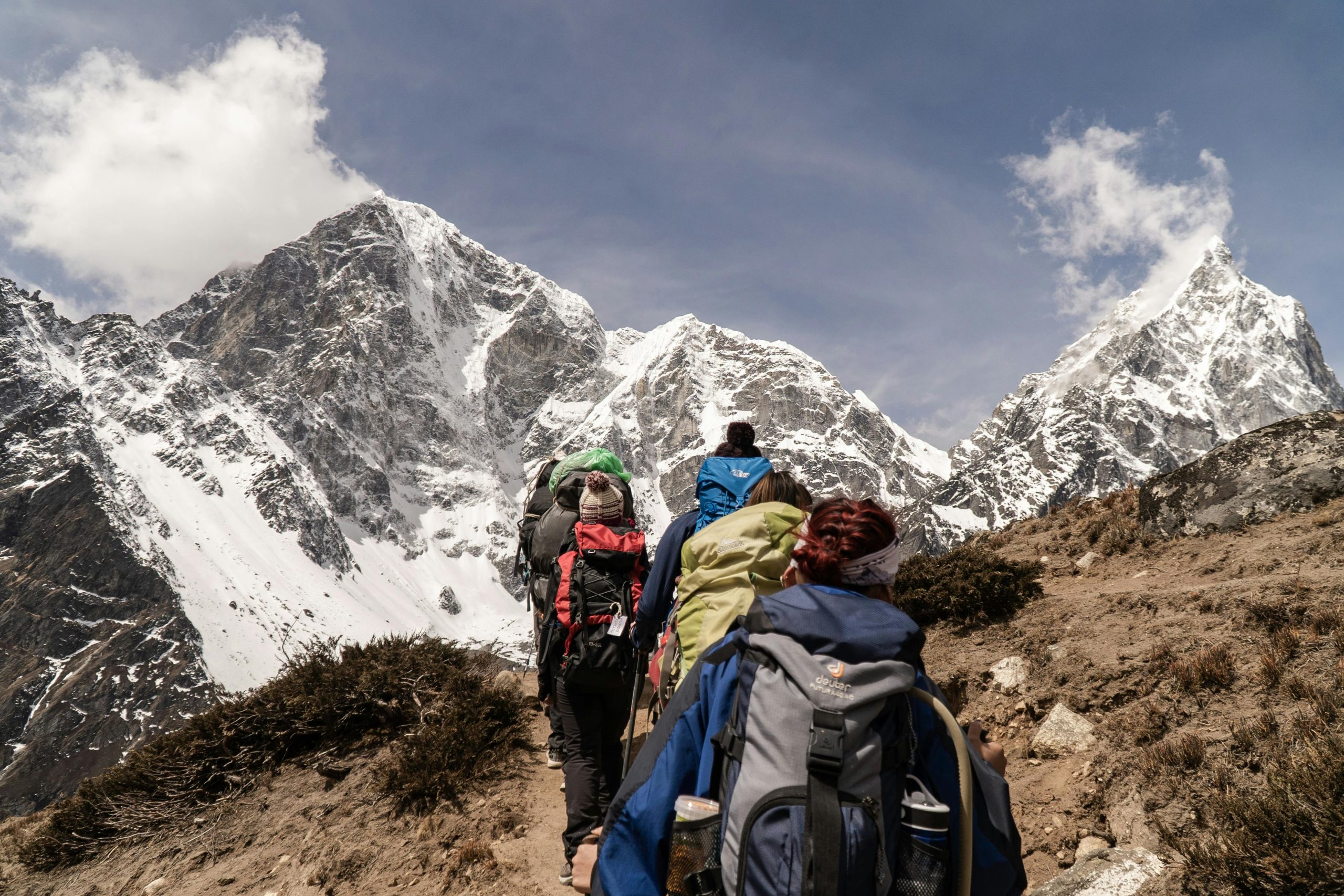The Kashmir Great Lakes Trek is an extraordinary adventure that takes you through some of the most breathtaking landscapes in India. Nestled in the heart of the majestic Himalayas, this trek is renowned for its high-altitude alpine lakes, rich biodiversity, and stunning views of snow-capped peaks. From dense forests to alpine meadows, every step offers a new, awe-inspiring sight.
Trekking to Kashmir’s Best Kept Secrets
The Kashmir Great Lakes Trek is often described as a spiritual journey that offers trekkers a chance to disconnect from the hustle and bustle of daily life and reconnect with nature. With a route that spans across 70 kilometers, it takes you through pristine meadows, lush forests, and challenging mountain paths. The trek allows you to witness the unspoiled beauty of Kashmir, with its serene lakes like Vishansar, Krishansar, and Gadsar, each offering its own magical charm.
The Route: A Spectacular Path
The trek begins from Sonamarg, a picturesque hill station that acts as the gateway to the Kashmir Great Lakes. From there, trekkers journey through alpine pastures, cross over glaciers, and ascend to higher altitudes to the magnificent lakes nestled within valleys. The trek spans over 6-7 days and involves camping in the wilderness, where trekkers can enjoy the quiet serenity of the mountains. Notable stops along the route include:
- Sonamarg to Nichnai Pass: The first day involves a steep climb, offering panoramic views of meadows and snow-capped mountains.
- Nichnai to Vishansar Lake: The second leg takes you to one of the most beautiful alpine lakes, known for its crystal-clear waters.
- Vishansar to Krishansar Lake: After crossing the high-altitude meadows, you reach Krishansar, another scenic lake surrounded by towering peaks.
- Krishansar to Gadsar Lake: One of the most challenging sections of the trek, Gadsar Lake is located amidst harsh yet beautiful terrain.
Best Time to Visit the Kashmir Great Lakes Trek
The best time to embark on the Kashmir Great Lakes Trek is during the summer months, specifically from late June to early September. During this period, the weather is mild, and the alpine meadows are in full bloom, with wildflowers covering the landscape. However, it’s important to note that even in summer, temperatures can drop significantly, especially during the nights, so trekkers should be prepared for chilly conditions.
Physical Preparation for the Trek
While the Kashmir Great Lakes Trek is suitable for intermediate trekkers, it does require physical endurance and preparation. The trek involves high-altitude hiking, often surpassing 4,000 meters, which can be taxing on the body. To prepare, trekkers should focus on:
- Cardiovascular Fitness: Regular cardio exercises, such as running, cycling, or swimming, will help build stamina for the long, challenging days ahead.
- Strength Training: Focus on leg and core strength, as much of the trek involves climbing steep inclines.
- Altitude Acclimatization: Spending time at higher altitudes before the trek can help your body adjust to the reduced oxygen levels and avoid altitude sickness.
Gear and Essentials
Packing for the Kashmir Great Lakes Trek requires careful consideration, as the weather can be unpredictable, and the terrain challenging. Key essentials include:
- Clothing: Layered clothing is essential to adapt to varying temperatures. A waterproof jacket, thermal layers, and a good pair of trekking pants are recommended.
- Footwear: Sturdy trekking boots with good ankle support are a must, as you’ll be navigating rocky and uneven paths.
- Sleeping Gear: A four-season sleeping bag is essential to keep warm during the nights, especially when camping at high altitudes.
- Water and Food: Carry a reusable water bottle with a purification system, as water from the lakes and streams can be consumed with proper filtration.
- First-Aid Kit: Pack essentials like pain relievers, antiseptic creams, bandages, and medications for altitude sickness.
Challenges to Anticipate
While the Kashmir Great Lakes Trek offers unparalleled beauty, it also presents several challenges. Some of the key difficulties trekkers may face include:
- Altitude: The trek reaches altitudes of over 4,300 meters, which can lead to altitude sickness if you don’t acclimatize properly.
- Rugged Terrain: The path is often steep, with rocky terrain, snowfields, and rivers to cross. Good trekking skills and physical fitness are required.
- Weather Conditions: Weather in the high Himalayas can change rapidly, with sudden storms and chilly winds. Trekking in this region demands mental resilience and preparation for unpredictable conditions.
Why the Kashmir Great Lakes Trek Should Be on Your Bucket List
The Kashmir Great Lakes Trek is not just about reaching the destination—it’s about the entire journey. From trekking through alpine meadows to camping under the stars and being surrounded by towering mountains, the trek offers an experience of a lifetime. The views are absolutely stunning, and the solitude in nature is unmatched.
The trek is also a unique opportunity to explore the hidden gems of Kashmir—its sparkling lakes, pristine landscapes, and its rich biodiversity. Whether you’re a seasoned trekker or someone looking to experience the Himalayas, this trek promises an unforgettable adventure.
If you’re looking for a scenic adventure that offers a deep connection with nature, the Kashmir Great Lakes Trek should definitely be on your list. Prepare for an experience like no other, where every step brings you closer to the untamed beauty of the Himalayas.

